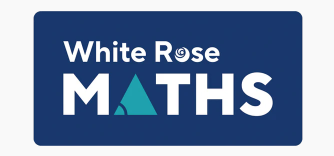
White Rose Small Steps 2025
Below are quizzes linked to each of the Small Steps from the White Rose Maths Scheme of Work.
We have quizzes for the whole summer term for Years 7, 8, and 9, and we are adding quizzes each week for Years 2 to 6.
Each quiz is 5 questions long.
For Years 2 to 6, each small step has a quiz and two follow-up quizzes (Quiz A, B and C). There is one follow-up quiz for Years 7, 8 and 9 (Quiz A and B).
Note: The legacy collection and quizzes can be found here.
Here are some ways you could use the quizzes:
- Set Quiz A before the lesson to assess students' prior knowledge of the topic. Then, set Quiz B as homework after the lesson to assess your students' progress. Then set Quiz C for homework a few weeks later as a retrieval quiz.
- Set Quiz A as homework after the lesson. Analyse the results. Address any questions students struggle with in class, then recheck for understanding using the relevant questions from Quiz B. Then set Quiz C for homework a few weeks later as a retrieval quiz.
- Use Quiz A in class as an Exit Ticket or hinge-point after you have taught the content. Address any questions students struggle with in class, then recheck for understanding using the relevant questions from Quiz B. Then set Quiz C for homework a few weeks later as a retrieval quiz.
- Build your own mixed-topic homework, retrieval or low-stakes quizzes by selecting questions from various quizzes.
Visit here for help getting your students set up on our system so they can answer the quizzes online (it's all free!), and here for ideas to support using these questions in class.
I really hope you and your students find this useful.
Craig